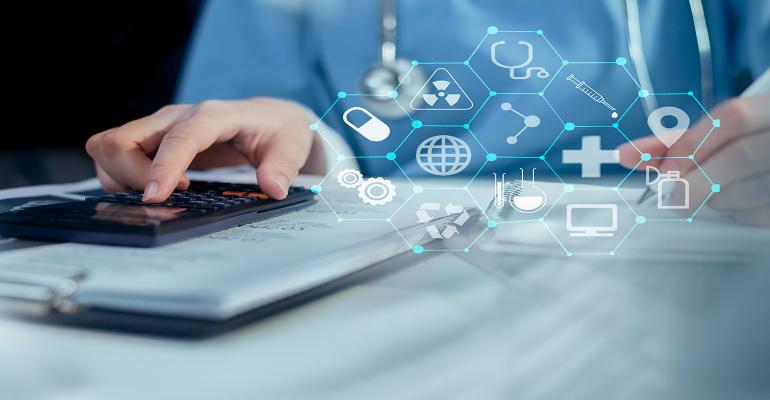Healthcare practitioners need to be confident in the decisions they’re making, and patients need to trust that they’re receiving the best care possible. But that’s only possible if everyone is fully informed about what’s happened up until the point of care. That’s why healthcare systems are intent on providing high-quality services to the communities they serve and making the technology investments needed to follow through.
For example, with a range of healthcare service offerings in Victoria, Australia, Alfred Health understands how important it is to improve communication, coordination, and collaboration across its three hospital campuses, a large network of community programmes and 14 state-wide services. It also appreciates the power of knowledge and data. As such, it is deploying new technology solutions right now that will help accomplish three things:
1. Give nurses more time to focus on patient care. They’re asked to tend to a lot of patients – and complete even more paperwork – each day. By minimising the time spent on the latter, they’ll be more available to patients, whether assigned to triage, telehealth, clinical or outpatient duties.
2. Avoid the duplication of patient information in healthcare information systems – and the misreporting of information. Having a single, accurate record to reference is essential to ensuring continuity of patient care and preventing oversights during the transition of care from one facility or provider to the next. It also eliminates the time that care team members must spend trying to get the story straight and then completing burdensome “paperwork” to set the electronic health record (EHR) straight.
3. Ensure patients’ care expectations – and wishes – are met without issue. Patients trust that doctors and nurses will closely supervise their care and make decisions that are in patients’ best interest. So, when mistakes happen, we want to know why. While it can be easy to chalk them up to human error, we shouldn’t dismiss the role that information – or misinformation – plays in care decisions. If a patient is unable to communicate his or her medical history, to include underlying conditions or allergies, then practitioners do the best they can to treat the acute issue. It’s not until an adverse reaction occurs that they realise they were missing a key piece of information. Of course, if they had real-time access to patient records at their fingertips at all times, many incidents could be averted. Thus, the importance of mobile technology at the point of care.
If your healthcare system shares these goals and you’re already using clinical mobile computers, printers, barcode scanners, radio frequency identification (RFID) technologies or real-time location systems (RTLS) solutions in some capacity, you may simply need to scale your solutions to expand their applicability to additional workflows. If paper-based processes are still heavily relied on, we recommend prioritising the implementation of mobility solutions first.
Modernised healthcare systems are likely to include mobile technologies as foundational components
Be sure to update policies and procedures to incorporate these technology tools and then conduct the proper training. Staff will need clear direction on how to thoroughly disinfect all devices (shared or not), how to secure the devices to protect patient privacy, and how to maximise all communication, collaboration and workflow applications.
By looking for ways to increase compliance with either regulatory mandates or internal policies and garner public support for recommended healthcare practices, it’s going to be important to implement technologies in the “3T” category – track, trace and trust – sooner than later. To improve the quality of care provided and build patient trust in the actions taken at the point of care, supply chain, inventory management and asset location capabilities will have to be strengthened. Practitioners and patients need to know that they can get what they need when they need it. They must also be able to verify that the supplies and equipment used, the medical devices implanted, the test results reported, and pharmaceutical components administered have not been compromised in any way.
That’s only possible if healthcare workers and their partners within the healthcare ecosystem have visibility (via sensors, RFID and more) into the handling and storage of all assets at all times (via mobile computers).

Wayne Miller
This article appears in the latest issue of Omnia Health Magazine. Read the full issue online today, covering femtech, AI, IoT and much more.


